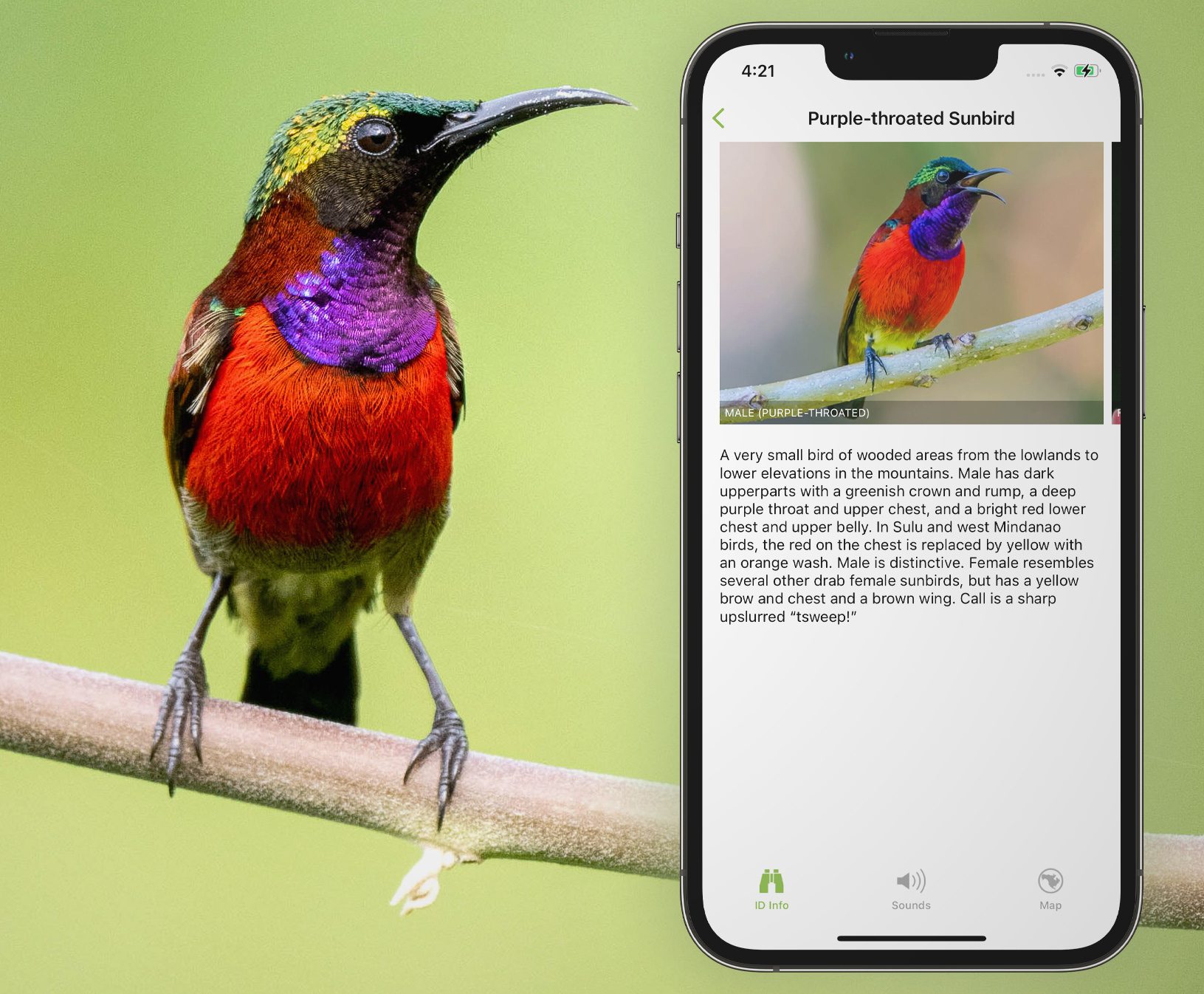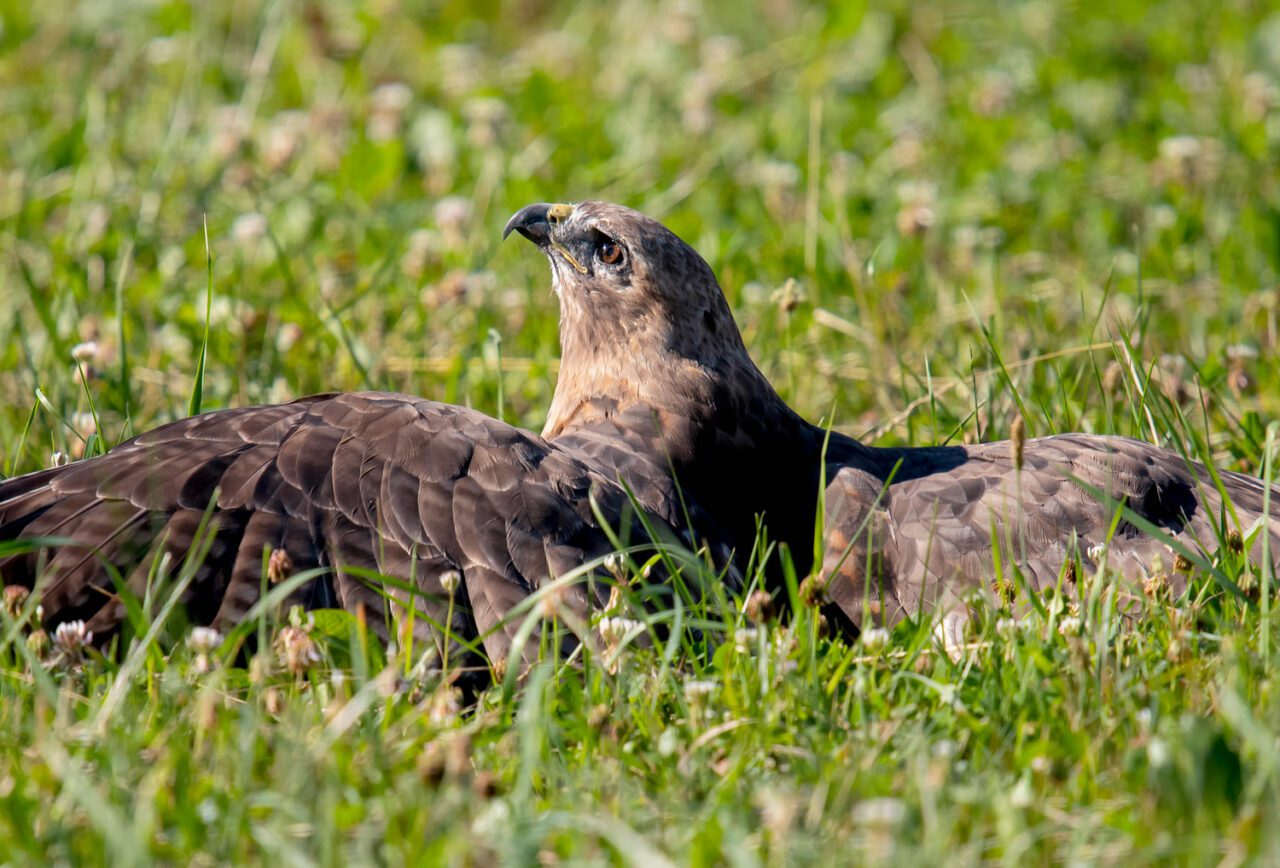Short news and notes from the Summer 2023 issue of Living Bird magazine. Subscribe now.
Merlin Reaches Global Bird Coverage
By Pat Leonard
In April Merlin Bird ID launched a Philippines bird pack, meaning the free smartphone app from the Cornell Lab of Ornithology can now be used to identify nearly 600 bird species in that country.
And with that, Merlin Bird ID achieved global coverage as a digital field guide and bird identification assistant for 10,315 species on all seven continents.
“The expansion of Merlin Bird ID to cover all the birds of the world is really an amazing accomplishment by the global birding community,” says Merlin project leader Drew Weber.

Weber points out that the artificial intelligence systems that make Merlin work were trained by millions of photos and audio recordings uploaded into the Cornell Lab’s Macaulay Library.
“This milestone achievement is also thanks to our partners who have helped with identification text and translations,” says Jay McGowan, a multimedia collections specialist in the Macaulay Library. McGowan says that the Cornell Lab has collaborated with local birders in 34 countries to develop customized bird ID packs in Merlin that are available in 16 languages, including Spanish, Hebrew, Korean, and French.
Since the Merlin Bird ID app was introduced in 2009, it has been downloaded more than 12 million times.
“The original idea for Merlin was all about helping you figure out ‘What’s that bird I’m seeing?’ in a quick and simple way,” says Jessie Barry, program manager of the Macaulay Library. “With this newest update, anyone anywhere in the world can now use Merlin to learn about the birds around them.”
Mr. Wood Goes to Parliament
By Pat Leonard

On February 7 the Cornell Lab of Ornithology’s Director of eBird Chris Wood gave remarks about citizen science to the Standing Committee on Science and Research at the House of Commons in the Canadian Parliament.
Wood was invited to speak along with Cornell Lab partners at Birds Canada and QuébecOiseaux—bird conservation groups based in Ontario and Montreal—as part of the committee’s hearings about funding for citizen science. Wood explained how gathering bird data yields insights about biodiversity losses worldwide, and how citizen-science data can be used for decision-making prioritization in habitat protection and climate-change mitigation strategies.
“People know a lot about what is happening with the birds in the backyard … but that information isn’t available to decision makers,” Wood told the committee, as he spoke about the gap between local knowledge and the heads of government agencies. “You can think of eBird as a solution to close the gap … to make it rewarding [for birders] to contribute that local knowledge, and to provide structure to these data so they could have the most impact.”

Big Red Has a Big Birthday in 2023
By Gustave Axelson
On March 30 Big Red—the much-celebrated female of the Cornell Lab of Ornithology’s Red-tailed Hawk Cam—laid the first egg of a 2023 season that will also see her 20th birthday.
Millions of people worldwide have been watching Big Red since 2012, when the Cornell Lab’s Hawk Cam first debuted with live-streaming of her nesting seasons. But the records of her life go back to autumn 2003, when she was first banded by Cornell University scientists as a young red-tail. Over 12 seasons as the star of the Cornell Lab’s Hawk Cam, she’s racked up a number of impressive stats for an exceptionally long-lived Red-tailed Hawk, including a perfect 34 chicks hatched out of 34 eggs laid. The Red-tailed Hawks are just one of several species (including albatrosses, manakins, and hummingbirds) featured on the Cornell Lab’s live-streaming nest and feeder cams.

